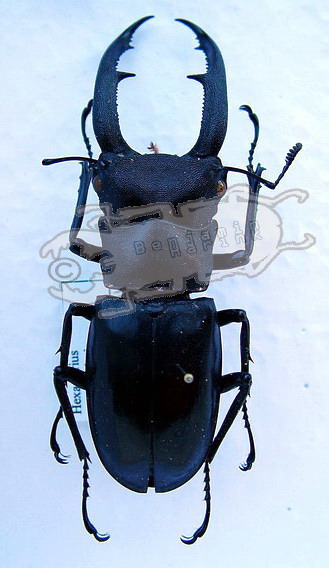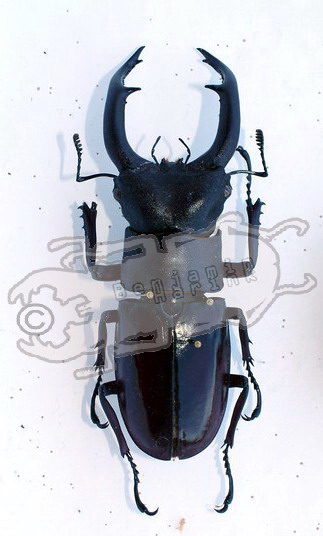
Distribution: Sumatra, Indonesia Breeding hints: Hexarthrius are considered to be more tricky to breed than other Lucanidae. It is important to feed the imagines with proteins, as otherwise males might kill females and vice versa. Eggs are laid into relatively hard white rotten wood and females often make tunnels before laying eggs. Hexarthrius mandibularis sumatranus […]
READ MORE »








